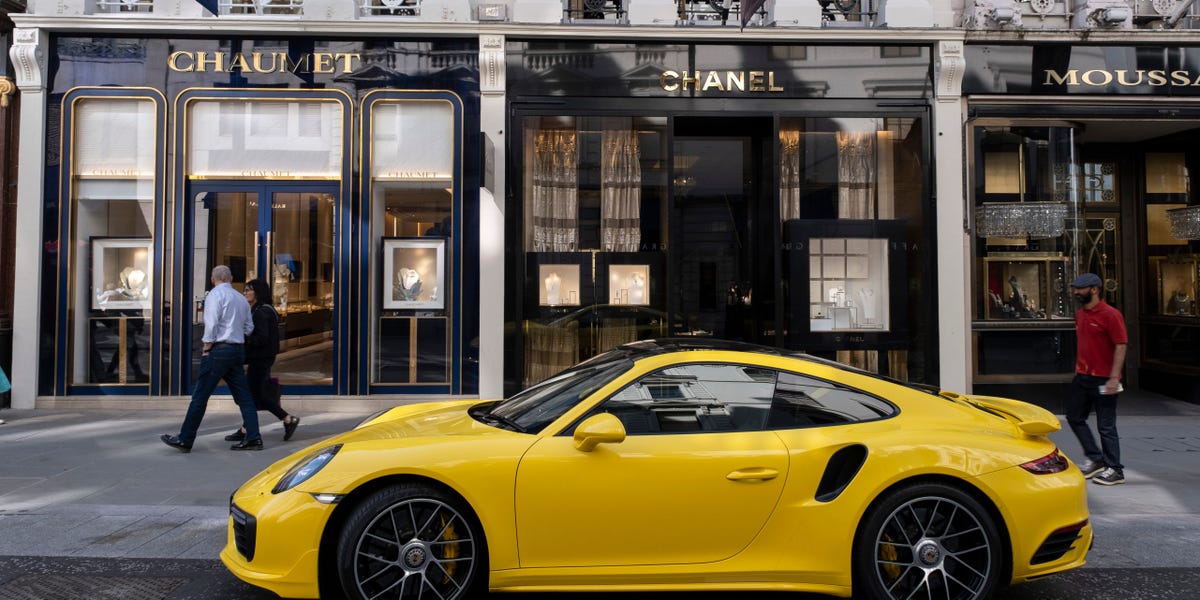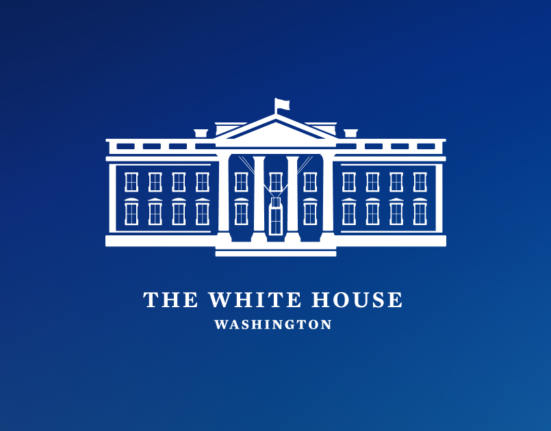- Knight Frank’s 2023 “Wealth Report” details how ultra-high net worth individuals invest their money.
- Stocks and shares are the biggest individual contributors, with 26% of the average UHNWI’s portfolio held in equities.
- About 5% of their portfolios goes to “investments of passion” like art, cars, and wine.
Have you ever wondered how the world’s wealthiest people invest their millions?
On March 1, Knight Frank published 2023’s “Wealth Report,” which details the finances of ultra-high net worth individuals or UHNWIs.
Knight Frank surveyed over 500 private bankers, wealth advisors, and family offices representing a combined wealth of more than $2.5 trillion.
And while its report estimates the world’s richest people lost over $10 trillion in total, it also shares insights into how the elite’s financial portfolios are composed.
From vast art collections to crypto and NFTs, this is how the world’s richest people store their money. Each asset category makes up a percentage of the average portfolio, with the total adding up to just over 100% thanks to rounding in Knight Frank’s report.







